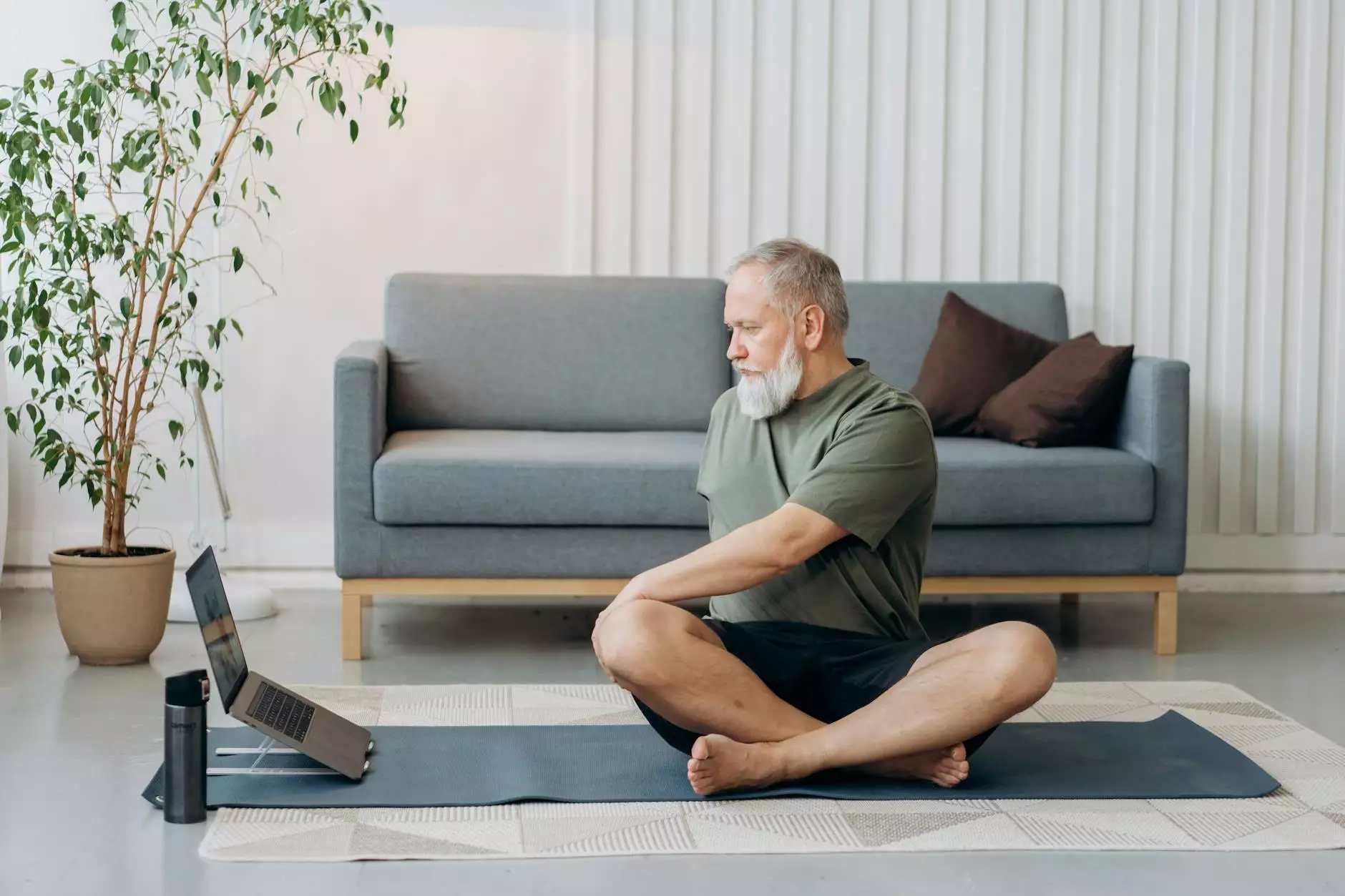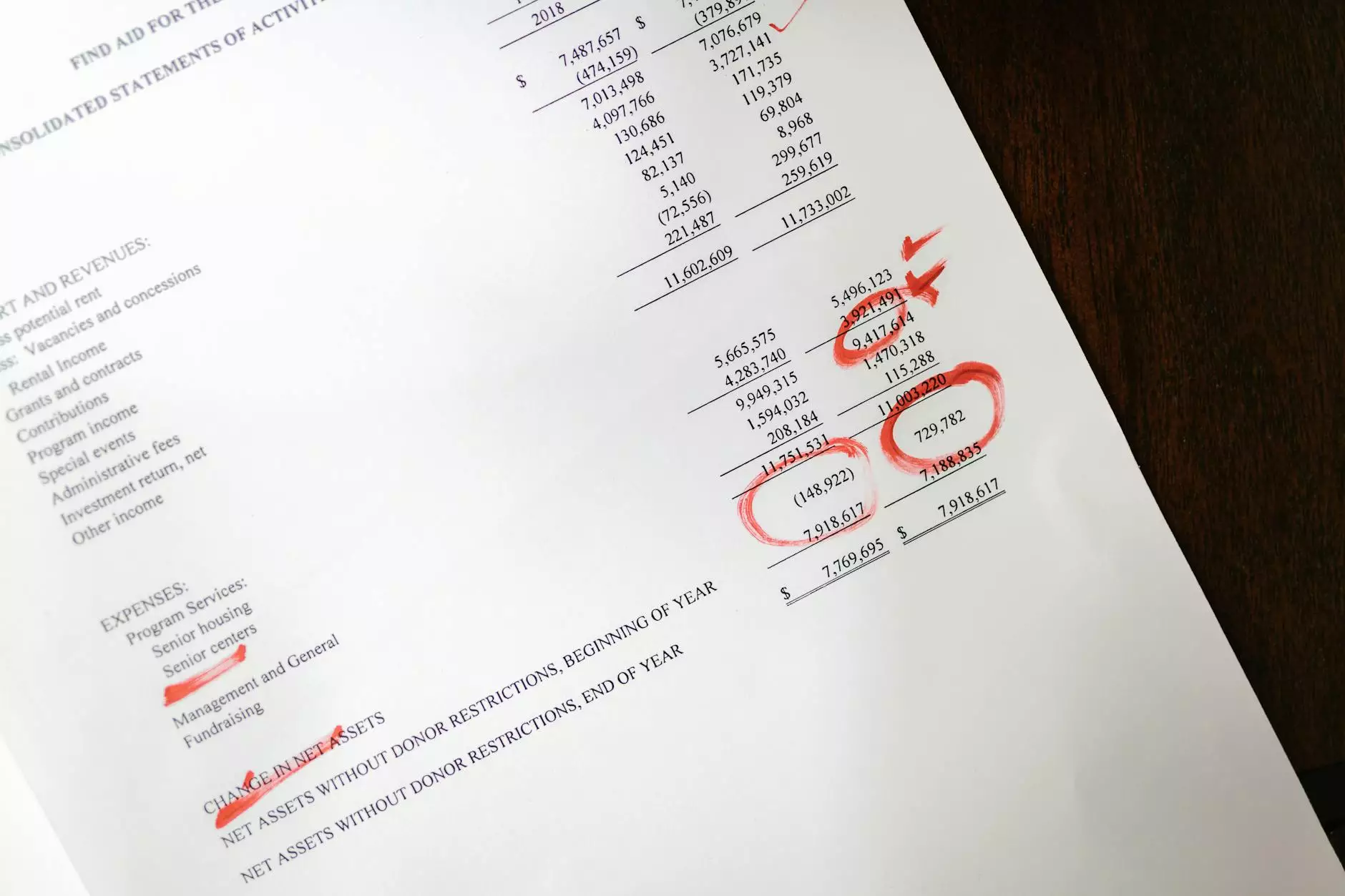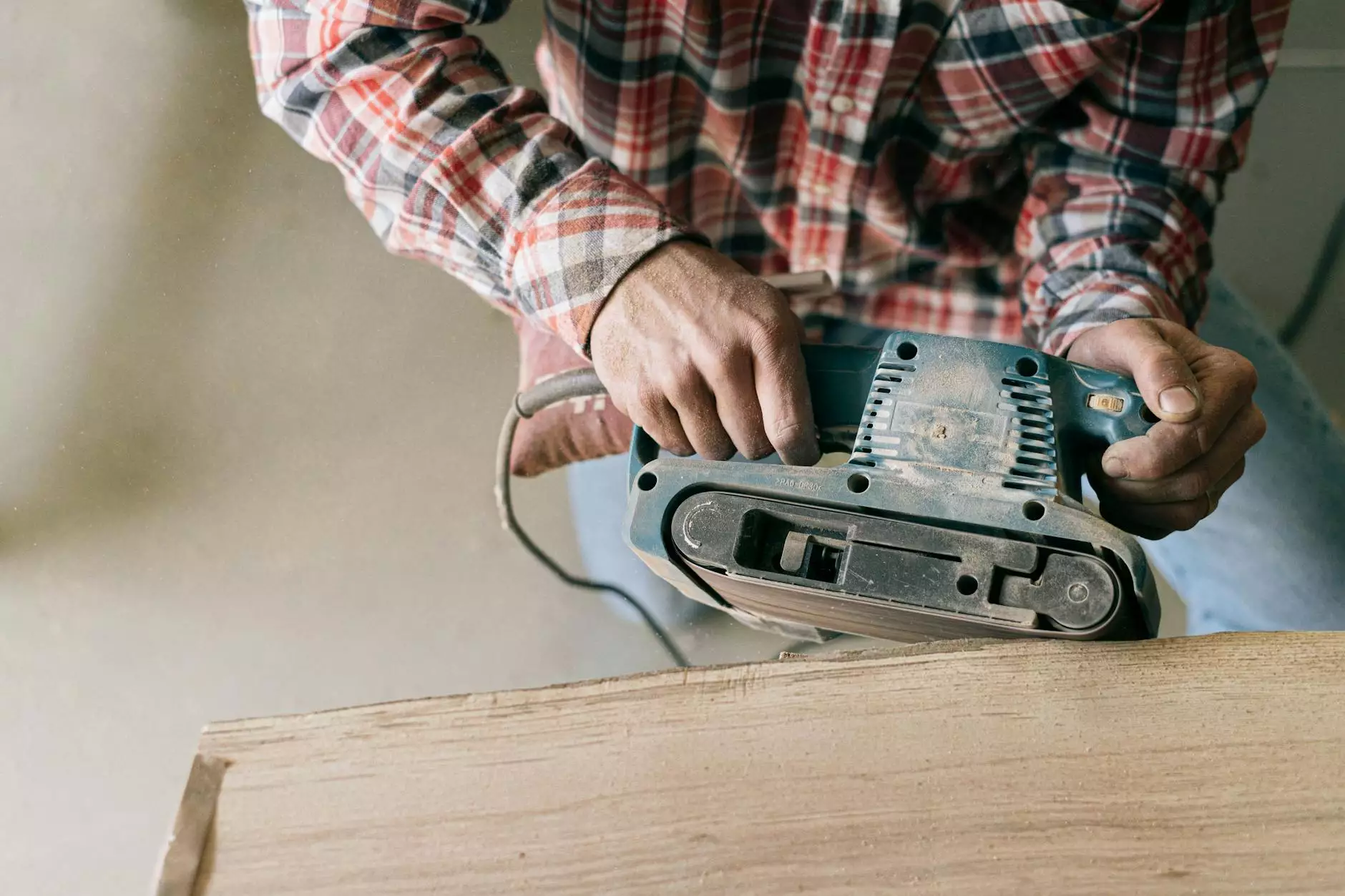Postnatal Pilates for Diastasis Recti: A Comprehensive Guide

Understanding Diastasis Recti
Diastasis recti is a common condition that occurs during or after pregnancy, where the large abdominal muscles (rectus abdominis) separate. This can lead to a protruding belly, lower back pain, and core weakness. Understanding this condition is crucial for new mothers as it can significantly affect postpartum recovery and overall physical health.
Causes and Symptoms of Diastasis Recti
The primary causes of diastasis recti include:
- Pregnancy: The growing uterus stretches the abdominal muscles, leading to separation.
- Multiple Pregnancies: Women who have had multiple pregnancies are at higher risk.
- Obesity: Excess weight increases abdominal pressure, contributing to the separation.
- Genetics: Some women may be more predisposed to this condition based on their genetic makeup.
Common symptoms of diastasis recti include:
- Visible bulge in the middle of the abdomen when straining
- Lower back pain
- Difficulty with core activities
- Problems with posture
The Importance of Postnatal Pilates
Postnatal Pilates is a powerful method for addressing diastasis recti. It focuses on strengthening the core, improving pelvic floor function, and promoting overall body awareness. The benefits of incorporating Pilates into your postnatal recovery include:
- Core Strengthening: Pilates emphasizes controlled movements that target the deep core muscles.
- Flexibility and Balance: The exercises enhance flexibility, which can be beneficial for mothers juggling physical demands.
- Improved Posture: Strengthening the core helps alleviate back pain caused by poor posture postpartum.
- Mental Well-being: Exercise releases endorphins, improving mood and reducing feelings of postpartum stress.
How Postnatal Pilates Helps with Diastasis Recti
Engaging in postnatal Pilates can significantly improve diastasis recti by:
- Enhancing Core Stability: Focusing on exercises that engage the transverse abdominis can promote a stable core, essential for healing.
- Promoting Proper Breathing Techniques: Breath control taught in Pilates is vital for engaging core muscles correctly.
- Encouraging Mind-Body Connection: Pilates fosters awareness of body movement, which helps in executing exercises correctly to avoid strain.
- Providing Safe Rehabilitation: Pilates instructors can offer modifications that ensure safety while addressing specific concerns of diastasis recti.
Recommended Postnatal Pilates Exercises for Diastasis Recti
Here are some effective Pilates exercises for new mothers dealing with diastasis recti:
1. Pelvic Tilts
Pelvic tilts help engage the core and flatten the lower back without placing undue pressure on the abdomen. How to perform:
- Lie on your back with your knees bent and feet flat on the floor.
- Inhale deeply, and as you exhale, gently tilt your pelvis upward, flattening your lower back against the mat.
- Hold for a breath, then release.
2. Transverse Abdominal Breathing
This exercise encourages proper breathing techniques and engages the core. How to perform:
- Begin in a comfortable seated position or lying down.
- Place your hands on your lower abdomen, and take a deep inhale through your nose.
- As you exhale, gently draw the belly button towards the spine, engaging the transverse abdominis.
- Repeat for several breath cycles.
3. Modified Plank
A modified plank is excellent for core strength without risking further separation. How to perform:
- Start on all fours, with your wrists beneath your shoulders and knees beneath your hips.
- Slowly extend one leg back while keeping your core engaged.
- Hold for a few seconds, return to the starting position, and switch legs.
Establishing a Routine with Postnatal Pilates
Integrating postnatal Pilates into your daily routine can maximize the benefits of your recovery journey. Here are some tips for establishing a consistent practice:
- Set aside time: Designate specific times each week to focus on your Pilates practice.
- Join a class: Consider enrolling in a local Pilates class specializing in postnatal recovery.
- Utilize online resources: Many platforms provide video classes tailored for postnatal Pilates that you can follow at home.
- Listen to your body: Always pay attention to your body’s signals and avoid pushing through pain.
Consulting a Professional
Before starting any exercise program, especially postpartum, it’s essential to consult with a healthcare provider or a qualified Pilates instructor. They can assess your condition and provide personalized recommendations to ensure you practice safely and effectively. HelloPhysio in Singapore offers specialized Pilates programs for women recovering from diastasis recti, focusing on safe and effective rehabilitation.
Success Stories: Women Overcoming Diastasis Recti with Pilates
Many mothers have found relief and recovery through postnatal Pilates. Here are some inspiring success stories:
- Sarah, a mother of two, was struggling with lower back pain and abdominal weakness. After a few weeks of targeted Pilates workouts, she felt a significant improvement in her core strength and reduced her diastasis recti gap.
- Emily turned to Pilates after her third child. Initially overwhelmed, she joined a supportive community class which guided her through safe exercises for her condition, ultimately regaining confidence and fitness.
- Jessica, dedicating just 20 minutes a day to Pilates, transformed her postpartum recovery. She reported improved energy levels and a stronger core, enabling her to engage better with her children.
Conclusion
Postnatal Pilates is not just an exercise; it is a pathway to recovery and empowerment for mothers dealing with diastasis recti. By focusing on core strength, proper breathing, and mindful movement, new moms can reclaim their physical health after childbirth. With the support of professionals and a commitment to a regular practice, overcoming diastasis recti is achievable. Embrace this journey towards a stronger, healthier you through the transformative power of Pilates.
For more information about tailored postnatal Pilates programs, visit HelloPhysio.sg.
postnatal pilates diastasis recti


